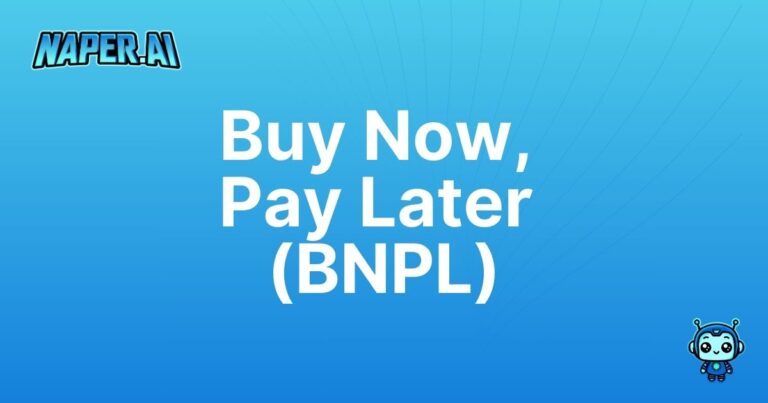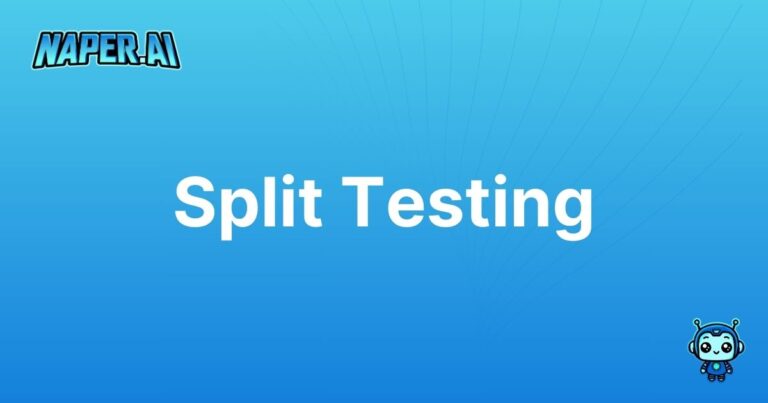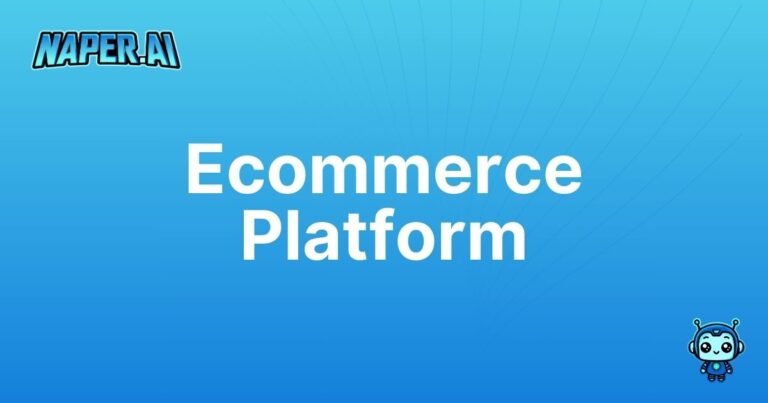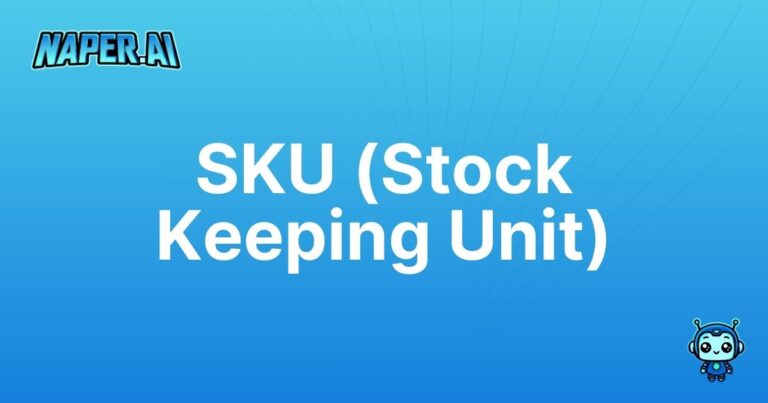Minimum Advertised Price (MAP)
Understanding MAP Pricing in E-commerce
MAP pricing plays a critical role in maintaining brand reputation and fair competition among retailers.
What Is Minimum Advertised Price (MAP)?
Minimum Advertised Price (MAP) is the lowest price a retailer can advertise a product for sale, as dictated by the manufacturer. This policy ensures consistent pricing across all sales channels.
Pro Tips & Best Practices
- Compliance: Always adhere to MAP agreements to avoid penalties.
- Education: Inform your team about the importance and implications of MAP policies.
- Monitoring: Utilize software tools to track competitors’ prices to ensure compliance.
- Communication: Establish clear communication with manufacturers regarding MAP terms.
- Flexibility: Be prepared to adjust prices during special promotions, ensuring compliance with MAP exceptions.
Why Is Minimum Advertised Price (MAP) Important?
- Protection of Brand Value: MAP prevents price wars, preserving the perceived value of products.
- Profit Margin Maintenance: Ensures minimum profit margins by preventing drastic price undercuts.
Practical Applications
- Uniform Pricing: Implement MAP pricing to maintain consistent online and offline pricing strategies.
- Brand Agreements: Collaborate with manufacturers to negotiate MAP terms that benefit both parties.
- Retailer Relationships: Use MAP policies to foster trust and loyalty among authorized retailers.
Quick FAQ
- What if a retailer violates MAP?: Consequences can include termination of supply agreements and legal action.
- Does MAP apply to in-store pricing?: Usually not; MAP typically governs advertised prices only.
- Can MAP prices vary by region?: Yes, manufacturers may set different MAPs for different regions.
- Are there legal concerns with MAP?: MAP policies must adhere to antitrust laws, which vary by country.
- How often are MAP prices updated?: Updates vary by brand; some update quarterly, others as needed.







